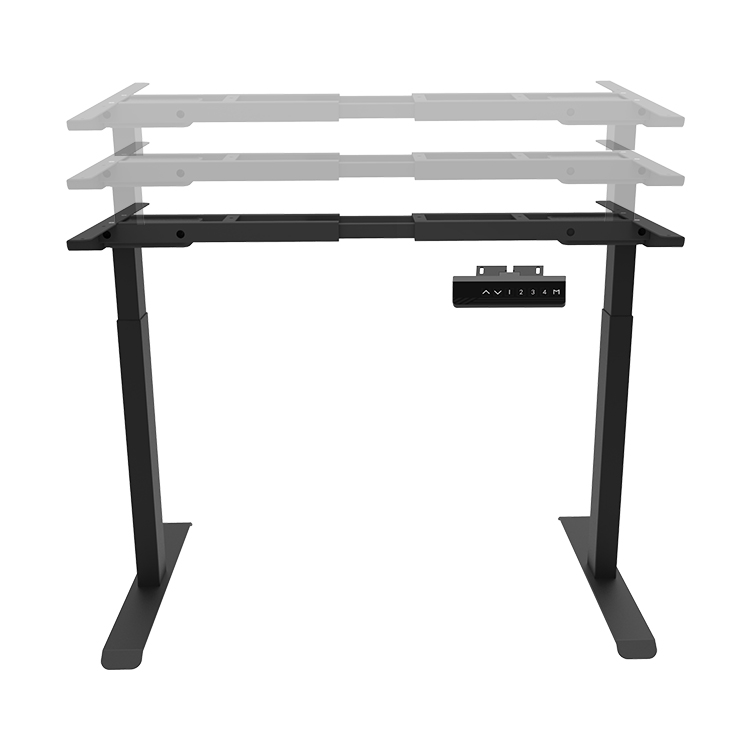The problems described below have one thing in common: problems that can be observed with the naked eye or with the help of a microscope.
In general, problems are divided into two categories: errors at the edges of the graphic and errors at the graphic area. The errors at the edges of graphics and texts refer to the inconsistence between the edges of the graphics and the originals, and the errors in the graphics and text areas refer to the problems of the surface of the graphics and texts. (Note: The problems that arise in screen printing are not limited to these two categories. Alignment of registration images, adjustment of ink volume, and post-press processing all have an impact on print quality.) There are generally four characteristics that can be used to solve graphic issues. The identification, comparison and classification are as follows: Position refers to the position of the problem in the continuous print, relative to the entire graphic. If the location display is "same", then the problem always appears in the same place. Other possible situations are "variousposition" (outside location) or out of print area, or near (inaccurate) the same location.
direction
Refers to the orientation of the problem relative to the printed variable. For example, when the angle between the image and the mesh line is 1° to 10° or 80° to 89°, the jagged edge phenomenon is most noticeable. The direction also refers to the scratches of the squeegee, the length of the squeegee, and the direction of the edges of the image.
size
The size of the image in question relative to the qualifying print. For example: smearing will make the image larger, and the loss of the edge will make the image smaller. When there is no regular change in the image in the print, you can fill in the table with "random." The frequency of the problem on the frequency fingerprint. Some problems have always existed, such as ghosting; some problems occur occasionally, such as the ink line; and some problems continue to appear on several prints, and then disappear, and then you can fill in the table with "both." These four characteristics explain why solving a problem during printing is better than solving it later. Unfortunately, if the printer does not understand the differences between the defects, it is difficult to confirm the problem and solve it. In addition to the above four features, each fault has one or more features that are easily identifiable.
in conclusion
1. The image sharpness problem can be divided into two parts: image edge defects and image area defects. 2. The image edge defect refers to the edge is not accurately and faithfully copied; the image area defect refers to the problem of the appearance of the printed product or ink coverage. 3. To clearly describe the problem, you must first know the recognized standard: location, direction, size, and frequency.
1. Sit Stand Workstation Lift freely, can stand can sit alternate office, stand sit alternate do not hinder busy business at hand.
2. It's easy to operate, just press the button to achieve the purpose of alternate standing and sitting.
3. Memory function storage: that is, the user can adjust the function key to a suitable height according to his own height, and adjust the function key to a fixed position to facilitate the fixed position and use.
4. The appearance is simple and generous, which is in line with the international office trend and different from the traditional desk style which is dull and not easy to move.
5. It is beneficial to the physical and mental health of office workers, increases work efficiency, enlivens the workplace atmosphere and makes the workplace atmosphere more active.

Sit Stand Workstation,Stand up desk workstation,Sit Stand Desk Workstation,Adjustable Work Tables,Sit Stand Laptop Desk
Suzhou Uplift Intelligent Technology Co., Ltd , https://www.upliftecdesks.com